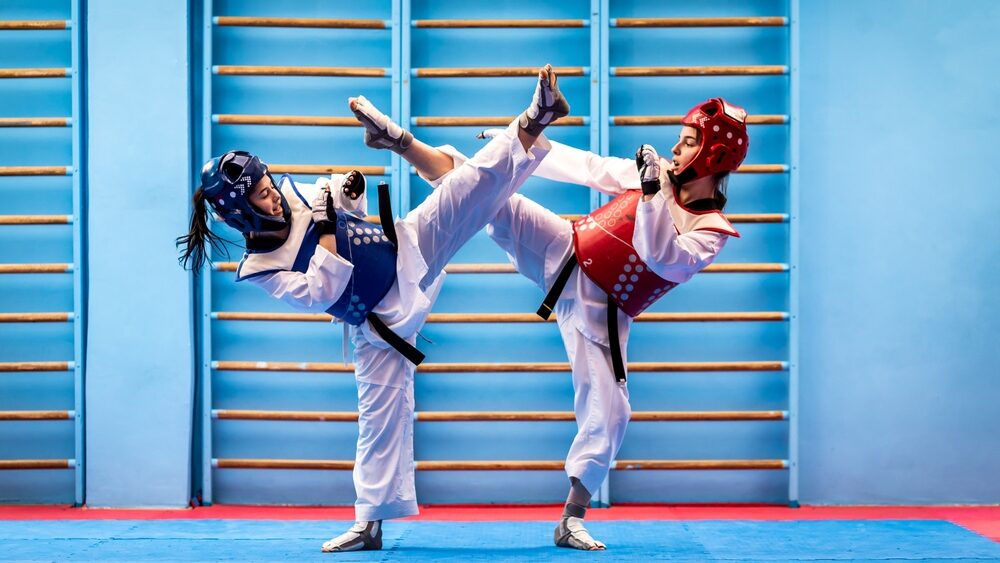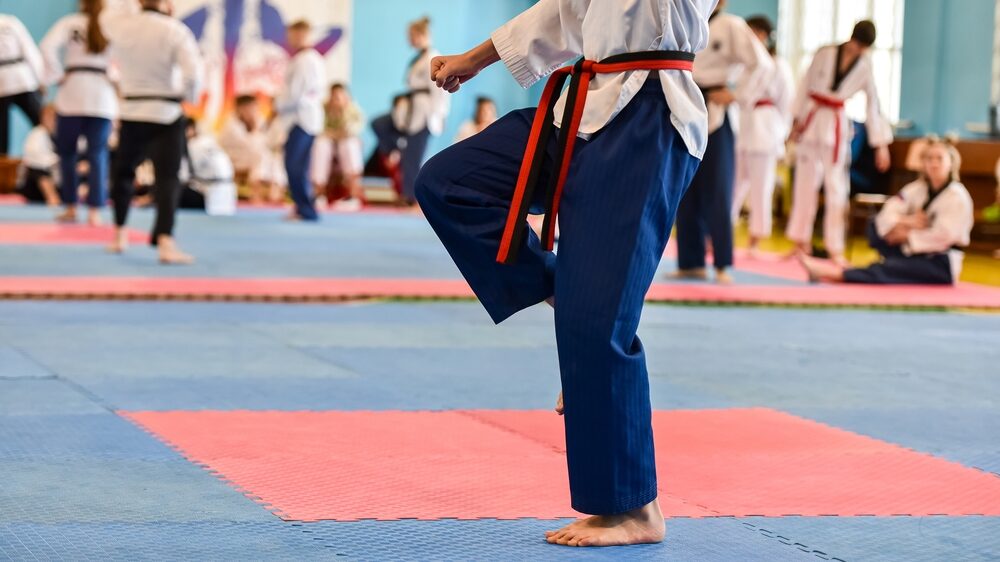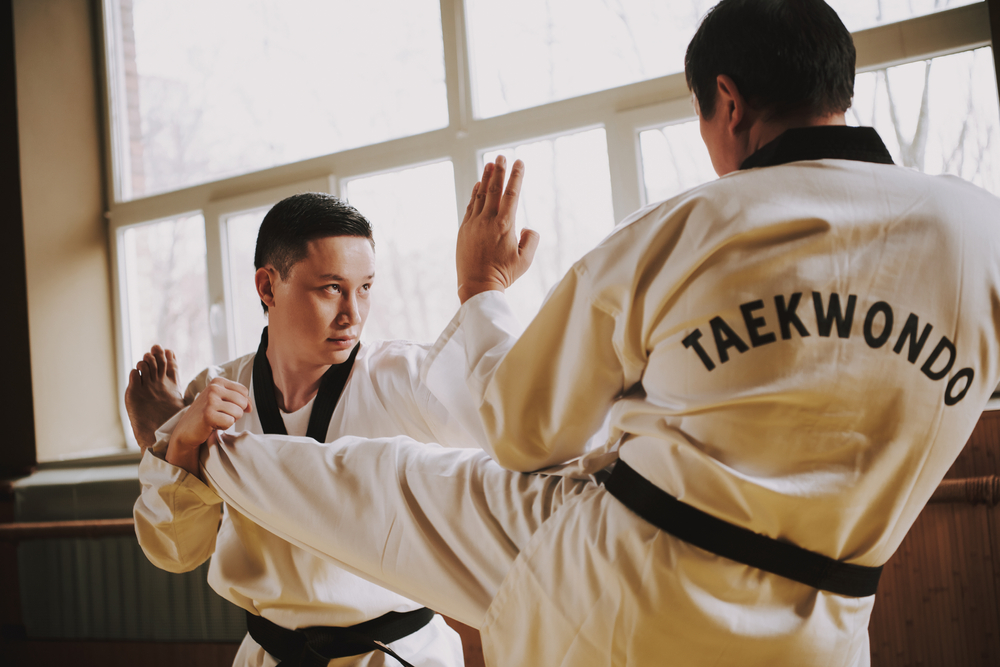Taekwondo, a martial art originating from Korea, is more than just a physical activity; it’s a way of life. With its roots deeply embedded in ancient traditions, Taekwondo offers a holistic approach to self-improvement, focusing not only on physical strength but also on mental discipline and spiritual growth. For beginners eager to embark on this journey, mastering the art of Taekwondo requires dedication, patience, and a willingness to learn. In this comprehensive guide, we’ll delve into the fundamentals of Taekwondo training and techniques, providing valuable insights for those stepping onto the path of this ancient martial art.
Understanding the Essence of Taekwondo
Before delving into the intricacies of training and techniques, it’s essential to grasp the underlying philosophy of Taekwondo. At its core, Taekwondo emphasizes the development of discipline, respect, and self-control. Practitioners, known as Taekwondoists, strive for harmony between mind and body, seeking not only to defend themselves but also to cultivate a sense of inner peace and balance.

Getting Started: The Basics of Taekwondo Training
1. Finding the Right Dojang (Training Hall)
The journey of mastering Taekwondo begins with finding the right dojang, or training hall. Look for a reputable and certified instructor who can provide proper guidance and support throughout your training journey. A welcoming and supportive training environment is crucial for beginners to feel motivated and encouraged.
2. Learning the Etiquette
Etiquette plays a significant role in Taekwondo training, reflecting its emphasis on respect and discipline. Bowing to instructors and fellow practitioners, maintaining proper hygiene, and following the dojang’s rules and regulations are essential aspects of Taekwondo etiquette.
3. Mastering the Stances and Footwork
Stances and footwork form the foundation of Taekwondo techniques. Beginners should focus on mastering basic stances such as the attention stance (Charyeot), ready stance (Joon-bee), and fighting stance (Gyeorugi stance). Developing agility and balance through footwork drills is also crucial for effective movement during sparring and forms (poomsae) practice.
4. Practicing Basic Strikes and Blocks
Taekwondo techniques encompass a wide range of strikes, kicks, and blocks. Beginners typically start by learning basic hand strikes (such as punches and knifehand strikes) and blocks (such as low, middle, and high blocks). However, the hallmark of Taekwondo lies in its dynamic and powerful kicks, including the front kick (ap chagi), roundhouse kick (dollyeo chagi), side kick (yeop chagi), and back kick (dwit chagi).
5. Progressing through Forms (Poomsae)
Forms, or poomsae, are choreographed sequences of movements that simulate combat scenarios. Practicing forms enhances muscle memory, balance, and coordination while instilling discipline and focus. Beginners start with basic forms and gradually progress to more complex ones as they advance in their training.
Advancing Your Skills: Intermediate and Advanced Techniques
As practitioners progress in their Taekwondo journey, they delve deeper into the art’s intricacies, refining their techniques and expanding their repertoire. Intermediate and advanced training focus on honing speed, power, and precision while mastering advanced kicks, combinations, and defensive tactics.
1. Enhancing Kicking Techniques
Advanced practitioners of Taekwondo are known for their lightning-fast and powerful kicks. Training drills such as kicking pads, bags, and targets help improve accuracy, speed, and impact. Additionally, mastering aerial kicks (such as flying side kicks and jumping spinning kicks) adds a dynamic element to one’s skill set, showcasing the athleticism and agility synonymous with Taekwondo.
2. Sparring and Competition
Sparring, or Gyeorugi, is an integral aspect of Taekwondo training, allowing practitioners to apply their techniques in a controlled and competitive setting. Engaging in sparring sessions not only improves timing, reflexes, and strategy but also builds resilience and sportsmanship. For those inclined towards competition, participating in tournaments provides an opportunity to test skills against opponents of varying skill levels while fostering camaraderie within the Taekwondo community.

The Path to Mastery: Discipline, Persistence, and Growth
Mastering the art of Taekwondo is a lifelong journey characterized by continuous learning, self-discovery, and personal growth. Beyond the physical techniques, Taekwondo instills valuable life skills such as perseverance, resilience, and humility. By embracing the principles of Taekwondo both inside and outside the dojang, practitioners cultivate a sense of purpose and inner strength that transcends the confines of martial arts.
In conclusion, Taekwondo offers a transformative journey for beginners seeking to master the art of self-defense, discipline, and personal growth. Through dedicated training, adherence to tradition, and a commitment to continuous improvement, practitioners of Taekwondo embark on a path of self-discovery and empowerment, unlocking their full potential as martial artists and individuals. Whether pursuing Taekwondo for physical fitness, self-defense, or personal development, the journey of mastering the art is as rewarding as it is challenging, offering a profound sense of fulfillment and achievement to those who dare to embark on this ancient path.

